When was the last time you had to prepare for an uncomfortable conversation? Can you remember how only thinking about that conversation impacted your energy levels. Whether it is uncomfortable conversations, solving a disagreement, or giving someone feedback, all these conversations have a negotiation component within.
Negotiation is a conversation where both sides need to achieve an agreement; if there is no disagreement, there is no negotiation or uncomfortable conversation. Period. Negotiation doesn’t begin until someone says no. Wouldn’t it be great if we can always have people agreeing with us?
The problem is that craving people saying yes to us and agreeing with us can get us stuck in the belief that negotiation is the act of doing our best to keep the other person from saying what they want to say: their no… This is why our mindset navigates the conversation on our hand towards hearing them saying what we want to hear – our yes. With that in mind, the way we address the exchange is from our want; for some, it will be by listening from our yes and ignoring what the other person has to say. For others, the negotiation conversation becomes a game they need to win; it is us against them, an either-or –– which can lead to a conflict. Therefore the question is not how do we handle a no response, but how do we turn the no go to let’s go! Let’s go is when we have an alternative solution that works for both sides.
When I hear clients want to find in our session the right strategy to convince a peer that his/her idea is not good for the organization. What I observe is that their focus is on convincing the other person that they are wrong. This mindset closes the door to a conversation before we even started it. No one likes to hear that what they are saying/thinking is wrong. “What if instead of worrying about what the other person will say or why we need to be right,” I ask my clients “we can shift our focus to the idea that no one gets to be wrong and no one gets to be right?”
What if we change the focus? What would it look like if the other person and you were both together against the conflict? What would be possible then?
Let’s see the steps you can take to shifting your mindset from no go to let’s go together:
1. The concerns list.
When we think about the uncomfortable conversation we are going to have, many times, there are thoughts, concerns, and even emotions that play a crucial role in how we approach the conversation. Take a moment before you move into an action to pay attention to your being energy (your mindset and emotions) and write down all the concerns you have about the meeting. For example, concerns I hear from other clients many times:
“What if they don’t care about what I have to say?”
“What if they don’t respect my needs?”
Now let’s flip it and look at the other person. What would be the list of their concerns meeting with you? What would they write down?
Take a moment to write all their thoughts, frustrations, emotions, and beliefs.
Start with crossing over to their side. Look at the others' perspectives. Why might they have reacted to something you said or write the way they did? Why are they resisting your stance? There is undoubtedly a reason, and you’ll find that you will bring an open mindset perspective to the meeting when you take a moment to look at the world from their perspective.
2. “It is going to be hard” - What is the mindset you bring to the conversation
When thinking about the meeting, have you found yourself saying to another person or yourself before going to the meeting: “It will be hard,” or “I will need to fight to get what I want,” or “I know I will need to defend what I believe in.” Can you see how defensive and protective your view is in those moments? Without knowing what the other person will say, you look at the conversation from a heart at war.
We choose how we step into a room, are we ready to put on the boxing gloves, or are we willing to wait and see what the other person has to say? Perhaps all you will need is to explain your perspective rather than defend it? Maybe, just maybe it is going to be easy?
3. Know your boundaries?
We need to know where the conversation starts and what intention we bring, but it is also essential to know where it ends; there are some situations where conversations will not go toward an agreement. This is why it is vital to understand what will make us say the final no and know that this is the end of the path for us or that from here our managers need to keep the conversation. Managers’ intervention doesn’t mean that you are weak, sometimes asking for help is actually the smart way to go; there are many situations that your managers need to solve organizational barriers that our peer and us cannot solve.
When we want to reach mutual agreements, both sides work together to bring as much value as they can it requires paying attention to what the other person’s wants and needs are. This is not an easy task, but slow down and ask yourself: “if I could bring compassion and curiosity to the situation what that person wants and needs are?” even if you view their reasons as irrelevant, not serious, or not realistic, understanding their challenges will once again help you stop fighting them and work together productively so both of you can benefit from the conversation and create value for the organization (or system) as a whole.





